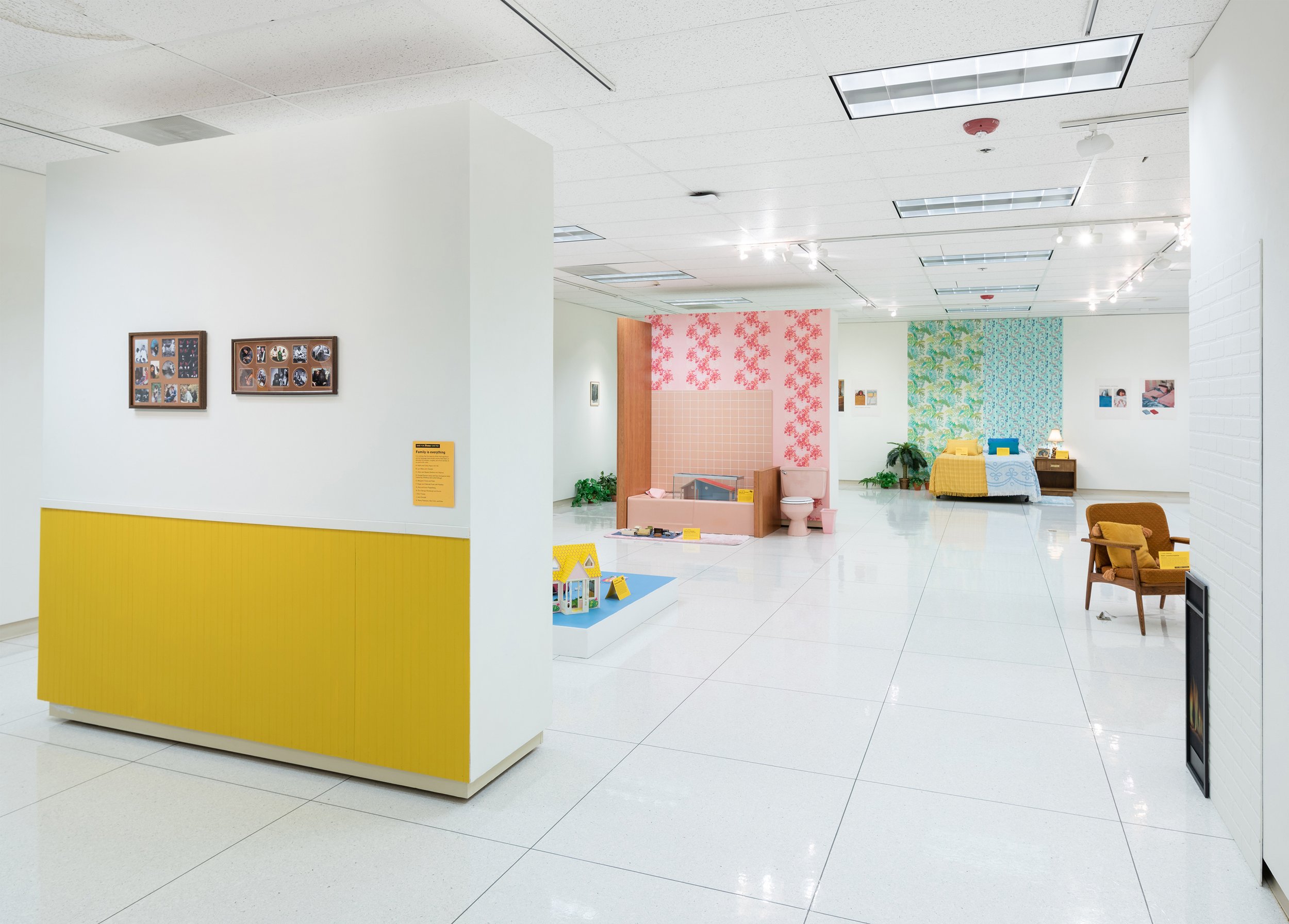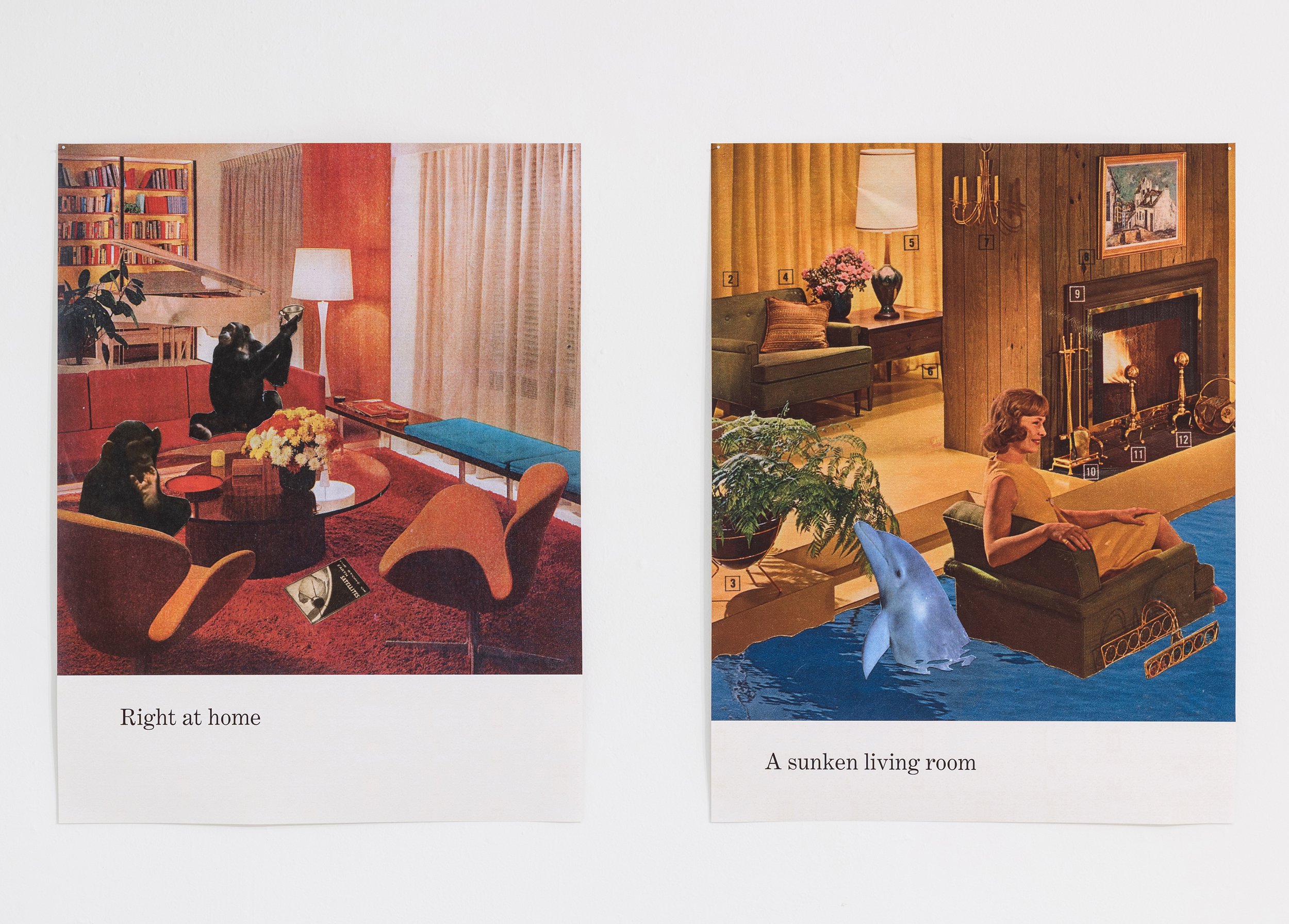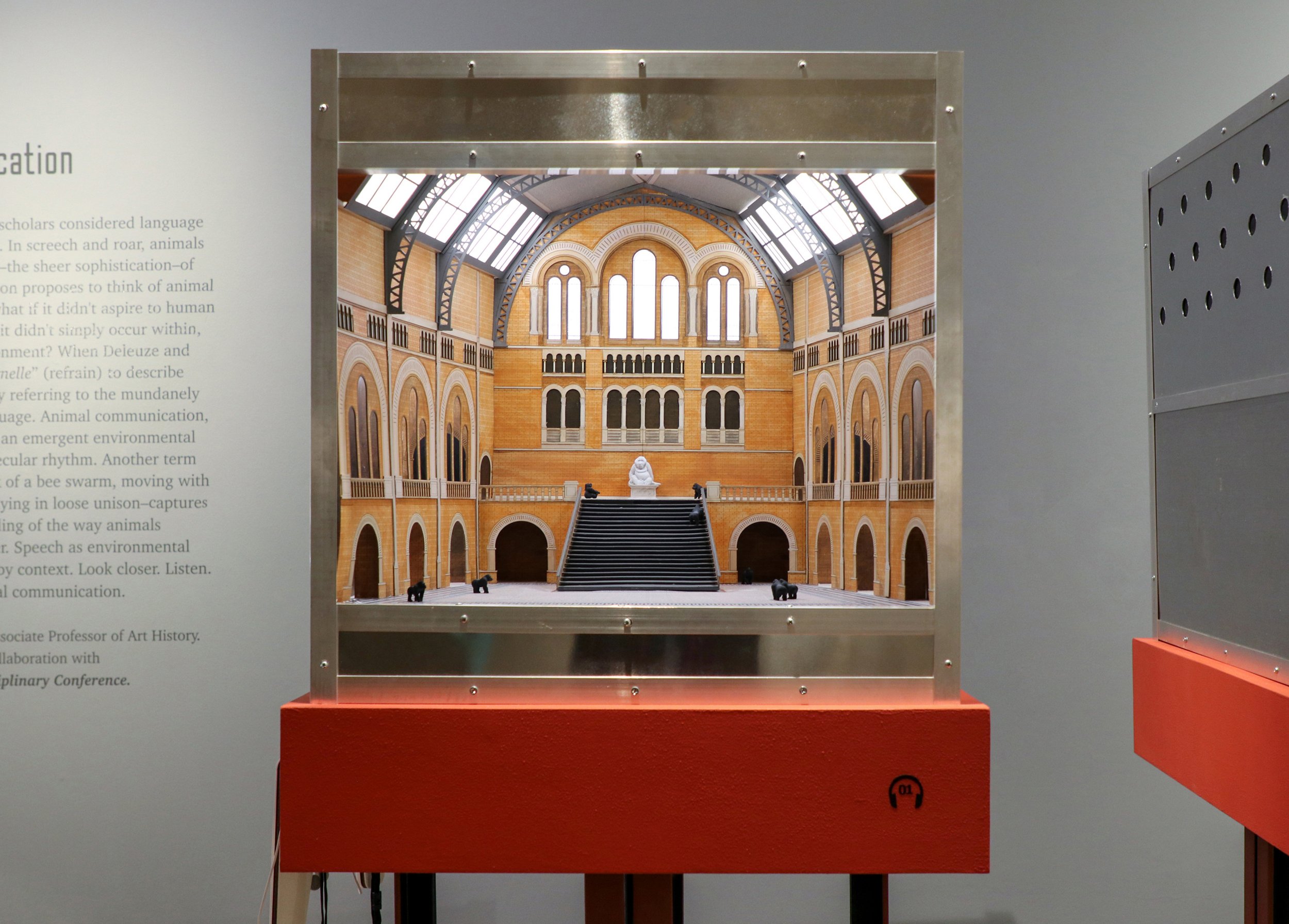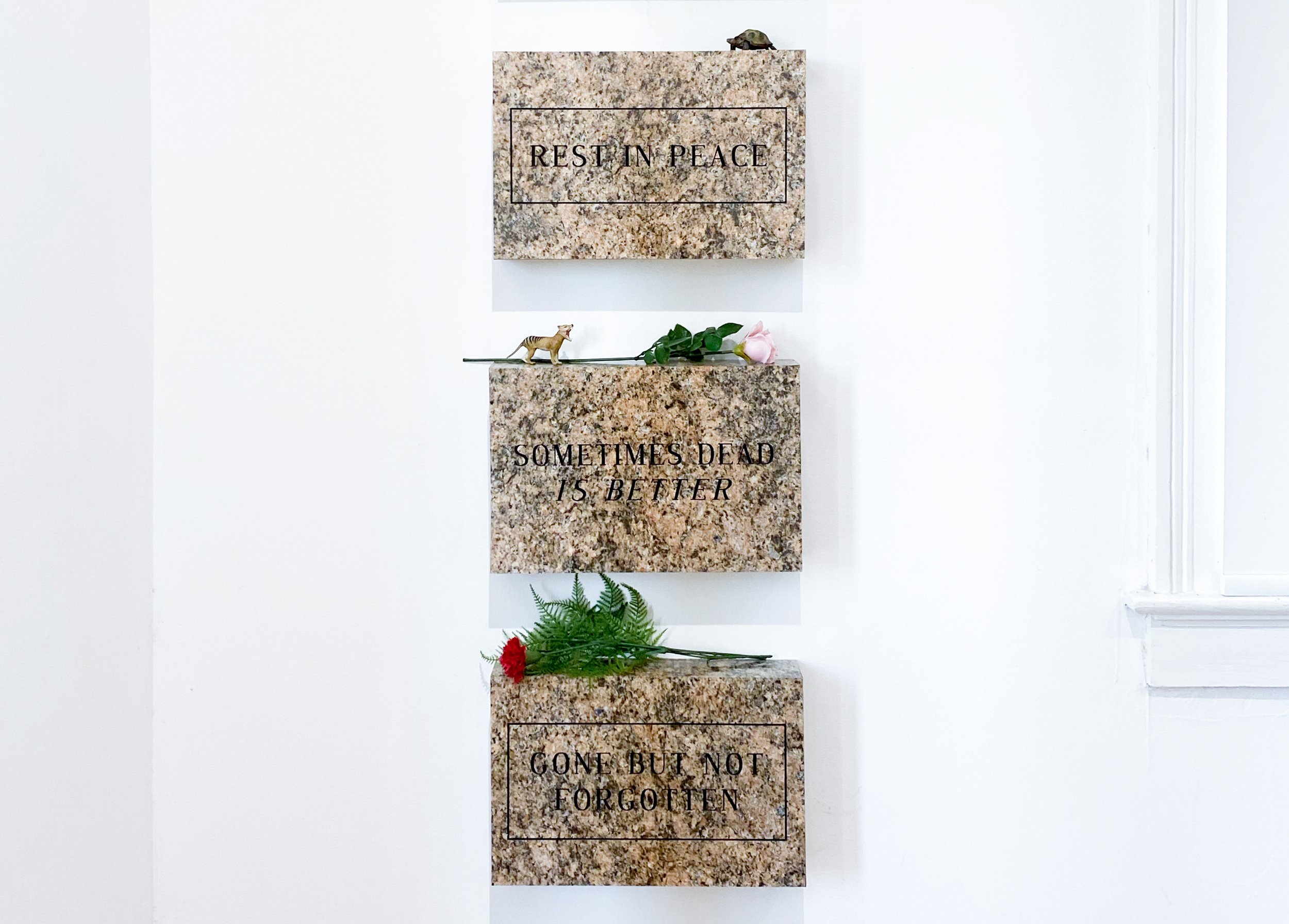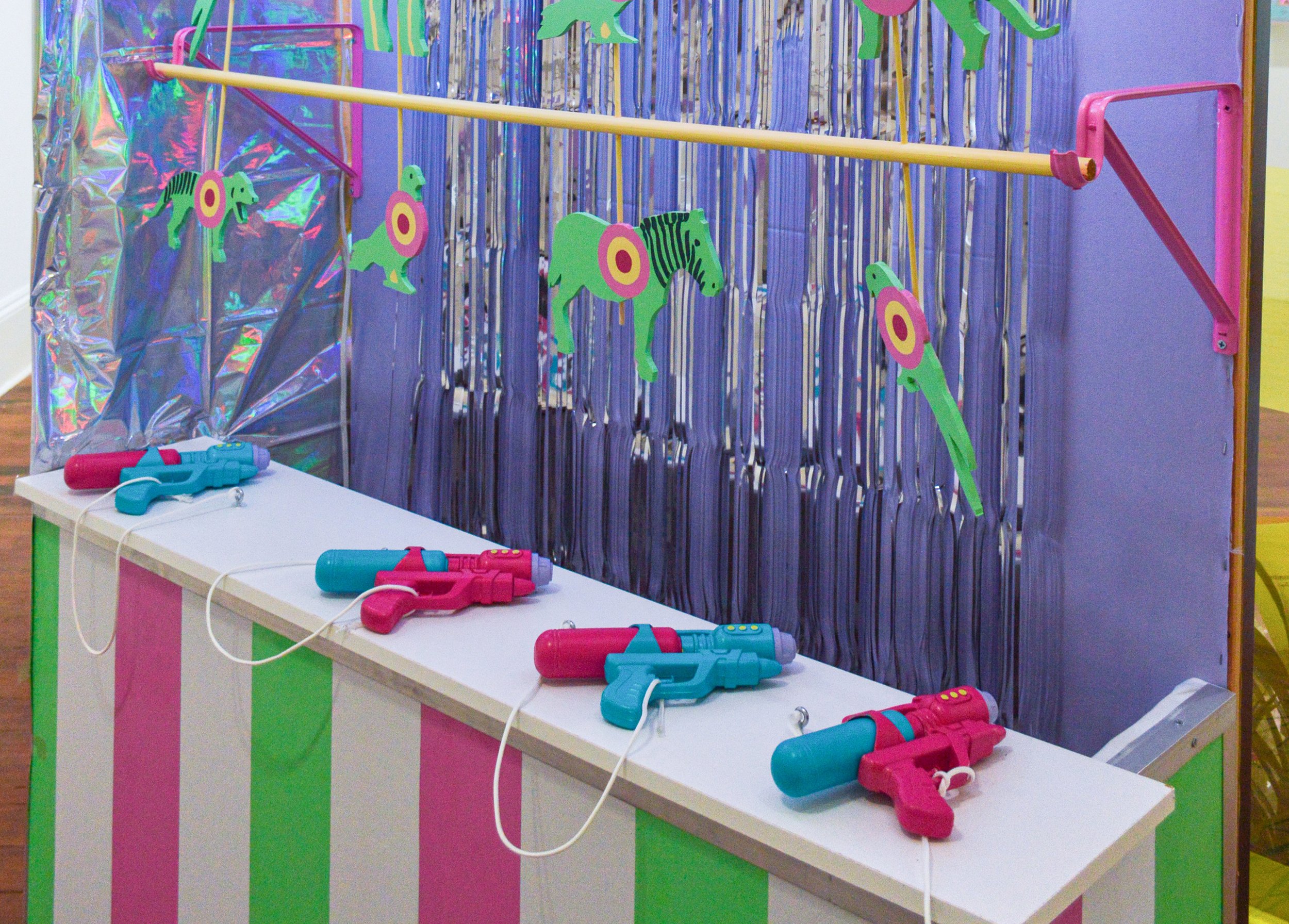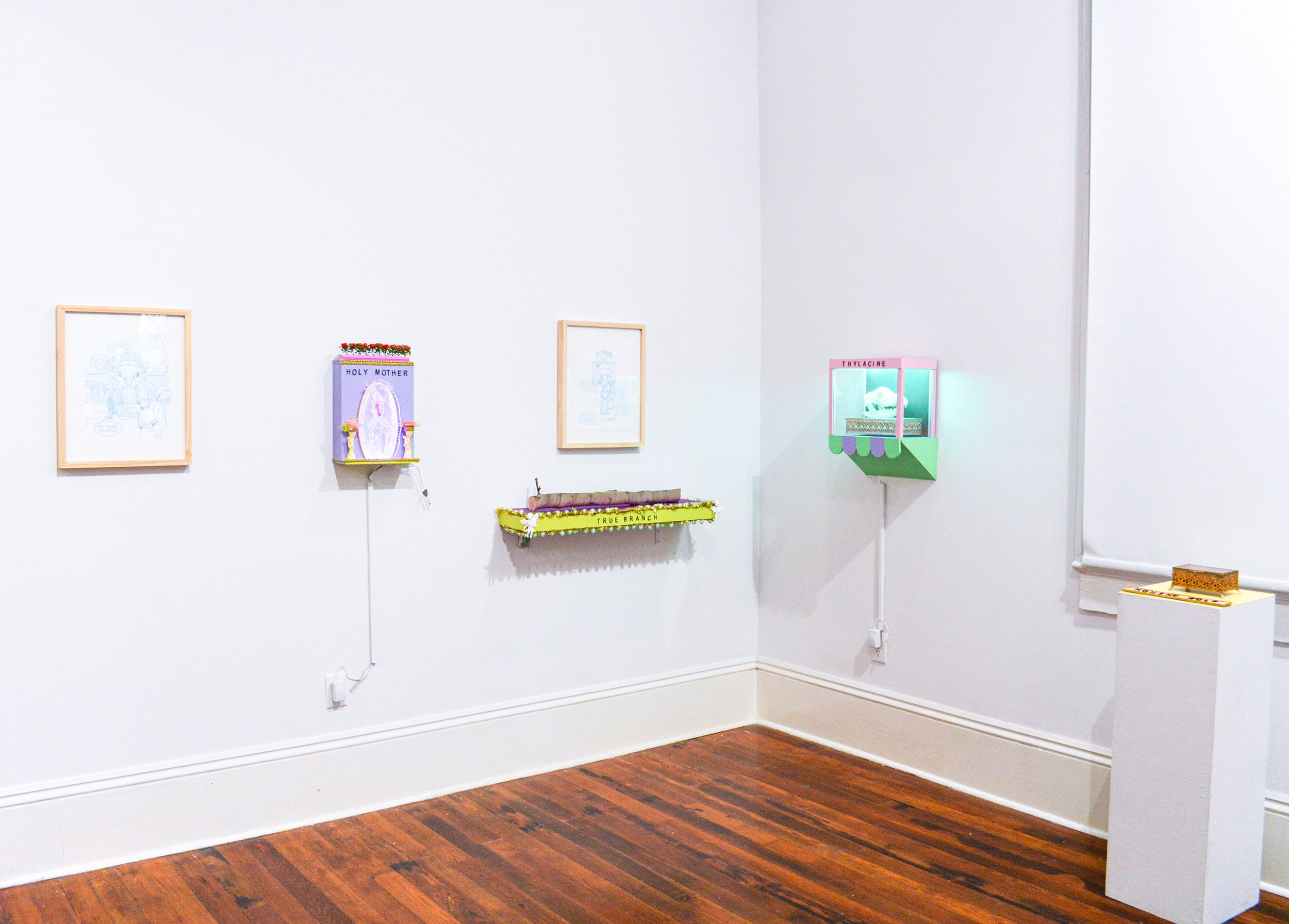Maria Lux
MARIA LUX
Maria Lux (b. 1984, Ames, Iowa, United States) earned her BFA from Iowa State University in 2006 and her MFA from the University of Illinois at Urbana-Champaign in 2012. Lux is a member of Carnation Contemporary, an artist-run gallery space in Portland, Oregon. She is currently an Associate Professor of Art at Whitman College in Walla Walla, WA.
See more of her incredbile porfolio here: https://marialux.net/
Artist Statement
I make installation-based works about animals and their relationship to human knowledge. My projects are research-driven and cross-disciplinary, drawing upon existing studies and stories from fields such as evolutionary biology, extinction studies, ecology, history, literature, film, or anthropology. Histories and philosophies of science, the optimism and fantasy that accompanies empirical study, animals at the borders of the human and the machine, technologies of domestication, invasive species, and extinction are recurring topics in my practice.
My work revolves around animals as important subjects in their own right, as well as the implications animals and the knowledge we gain through them have on human conceptions of gender and family, race, class, colonization and globalization, power and equity, and ecology and interdependency. Though animals have only recently been taken seriously as more than just symbol and raw material in contemporary art (and scholarship in general), my work paradoxically uses “unserious” approaches like absurdity, humor, cuteness, horror, darkness, wonder, or narrative to bring complex subject of "the animal" into view.
I use a variety of materials and processes in my work, ranging from large-scale carving, casting, video, and drawing, to stop-motion animation, sewing, or collage, as well as artists books, essays, and comics. These varied pieces typically come together in multi-piece installations—a flexible format that echoes the field of animal studies itself, in which conflicting views and a diversity of perspectives and methodologies allow me to form a visual argument within the space. I see my work as part of a larger conversation that looks to both animals as a subject, and art-making as an approach, for alternative ways to think and know.

